The key theoretical approach that runs through most queer theorizations and which is at the same time a political critique against both hetero- and homo- normative regimes is one inspired by the intellectual genealogies that were prominent in the mid-80s and early 90s in the USA universities, that is the poststructuralism that draws from feminist theory, deconstruction, discourse theory, psychoanalysis, post-Marxism, and others. All these diverse strands of thought have the same enemy, that is the Enlightenment normative ideal of humanness, a self that is implicitly heterosexual, male, privileged, able-bodied, and white, that in turn rests on an understanding of the self as enclosed, autonomous, interest-driven, and fixed. Such a self is a monad with an identity one that is based either on one’s biology or psychic disposition. In this context, one’s sexuality and gender are perceived as fixed and hard-wired, unchangeable, and representative of one’s inner truth. Contrary to this, queer theorists have tried to ‘deconstruct’ this dominant conceptualization of both gender and sexuality by displacing the notion of identity and arguing for a new understanding of selfhood based either on identifications or desires. This new gendered and sexual self is the one who is fluid or split, always in an open-ended and contingent process of becoming, excessive or lacking in respect to an identity that tries unsuccessfully to contain, name, and discipline this performative gender or polymorphously perverse sexuality.






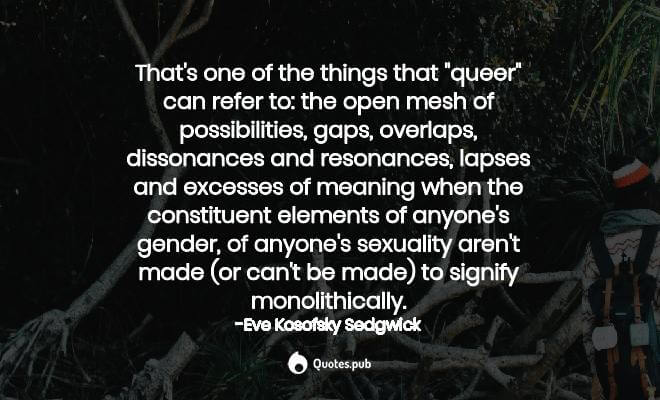
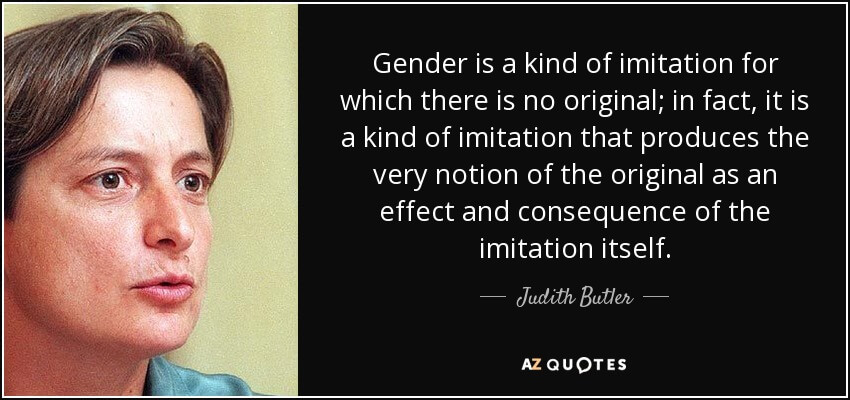
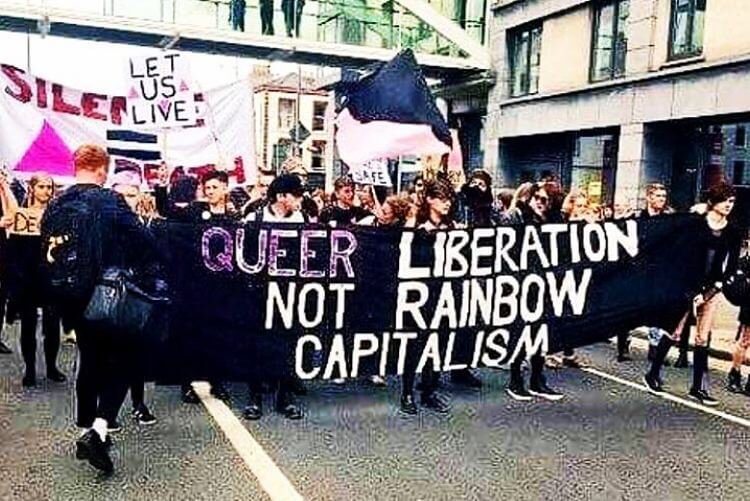
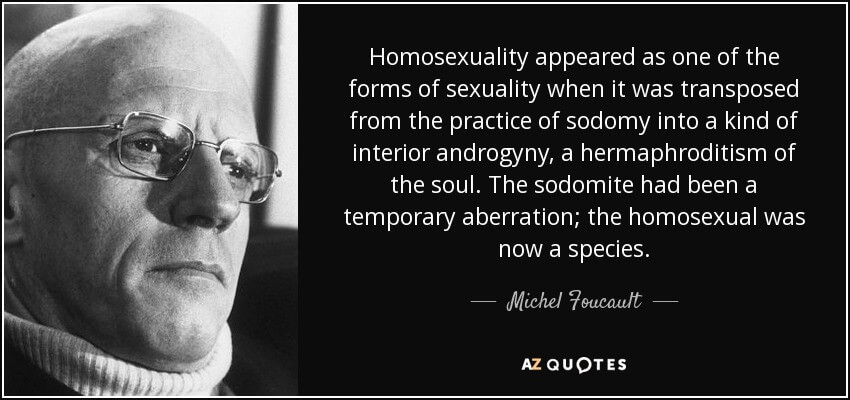
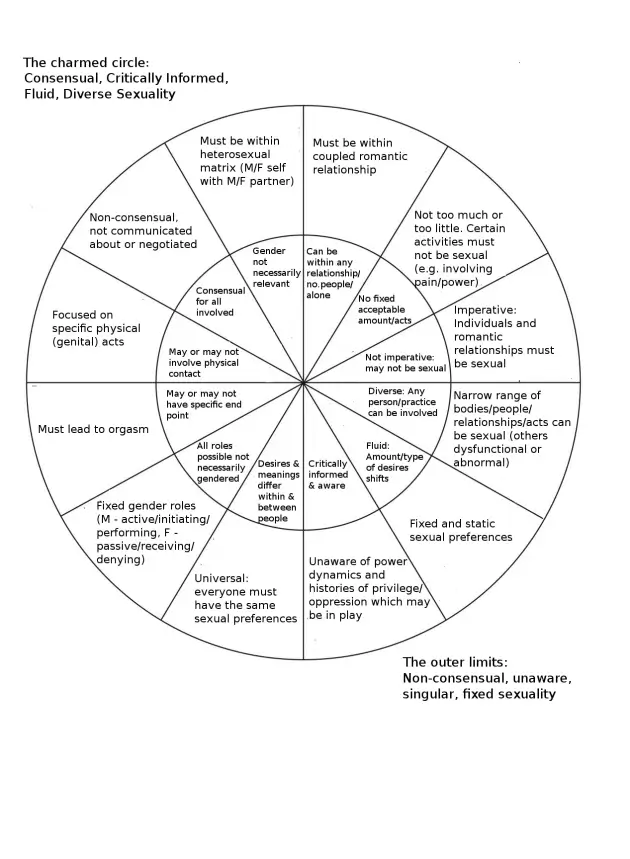
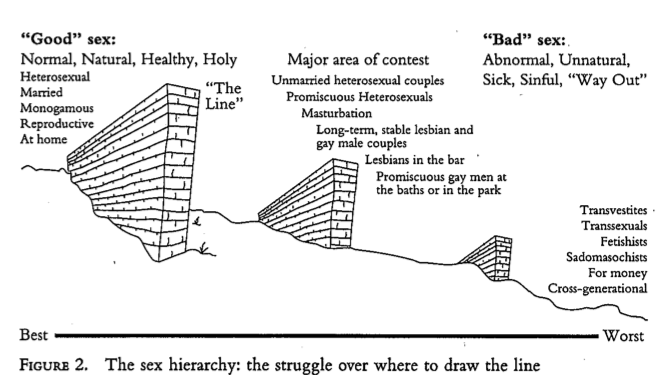

 Login
Login